Difference between mineral, esterified and vegetable oil
- Cosmétologie CHO
- 5282 views
- 0 comments

The problem being that today behind the word oil hides different types of oils… When we speak of oil in cosmetics, we do not always speak of the juice obtained by pressing and by extracting a fruit which is full of fatty acids and antioxidant formidable for the skin ... No, this designates a texture and, for the sake of profitability and marketing of course, we ride a wave, we manage to make it look like and we lighten, we cut , we modify. In short, we forget the reason why we use oils in cosmetics: the extraordinary active ingredients with which they are full (= effectiveness).
the different types of oils
This is why today we are talking about three types of oils: mineral oils (from petrochemicals), modified oils (esterified and hydrogenated) and vegetable oils (100% natural).
- Mineral oils, derived from petrochemicals (therefore made from petroleum) do not provide any benefit to the skin. We are talking here about paraffin and petroleum jelly, mainly. They are indeed pleasant, they deposit a film on the skin which prevents its dehydration and gives us this feeling of comfort and protection. It is not only a decoy because as soon as you stop it, your skin will be even more dehydrated but in addition they promote the appearance of comedones and blackheads by clogging the pores ... Nothing to gain in the long run term (nor the medium term, for that matter).
You find these oils in non-organic cosmetic products, under the INCI names (on the label): Paraffinum Liquidum, Petrolatum, Cera Microcristallina, Mineral Oil, ...
- Modified oils. Of natural origin, these oils have been modified in the laboratory: the vegetable oil was dissociated in order to combine it with glycerin or other alcohols (esterified oils). This transforms the texture so that it is softer, drier and therefore perceived as more pleasant for the consumer. Conversely, some manufacturers heat oil to a very high temperature in order to modify its molecular composition: the oil will become solid (or semi-solid) and will be more stable (hydrogenated oils). However, the main reason for these changes is the sharp drop in production costs that this entails. However, by this process the modified oil loses a large part of these fatty acids and of these virtues, it becomes much less effective. Most of the labels allow modified oils without restriction, so they are increasingly used in so-called natural and organic-labeled cosmetics. Worse, they are often used as the main active (even though they do nothing for the skin ...) since they cost nothing in production but bring so much from a marketing point of view ...! Even worse, manufacturers, again to reduce costs, use an inexpensive base vegetable oil: palm oil, and contributes dangerously (19%) to massive deforestation in Southeast Asia.
You can find these oils under the INCI names (on the label): Caprylic Capric triglyceride (the main one).
- Vegetable oils, the real ones, the 100% natural. Obtained only by pressing fruits or stones, vegetable oils have been recognized since Antiquity for their concentration of fatty acids and antioxidants. Each oil has of course its own peculiarities, they all have in common nourishing, moisturizing and protective properties.
So if you want to be sure that you are buying a real oil, a vegetable oil, a macerate (like St. John's Wort) or a synergy of vegetable oils, and therefore take full advantage of their incredible properties, make sure that none of the INCI components listed above is not present on the label. Also note that if they are present first on the INCI list, it is because they are in the majority in the composition of the product.
So, as I told you, all the oils present in CHO Natures products (beauty oils, creams and milk) are 100% natural oils, they are real vegetable oils. This is also why our products are so effective!
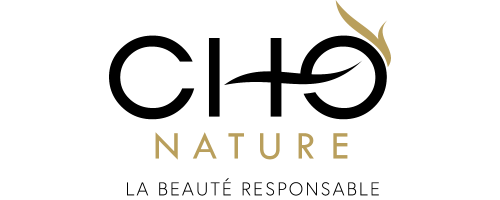
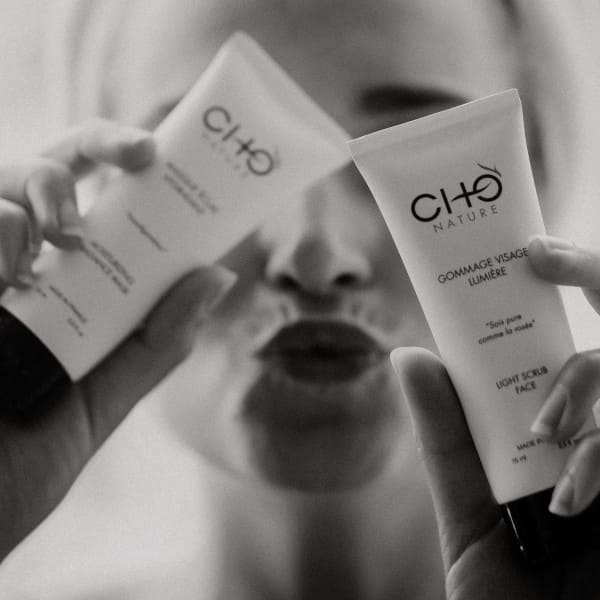

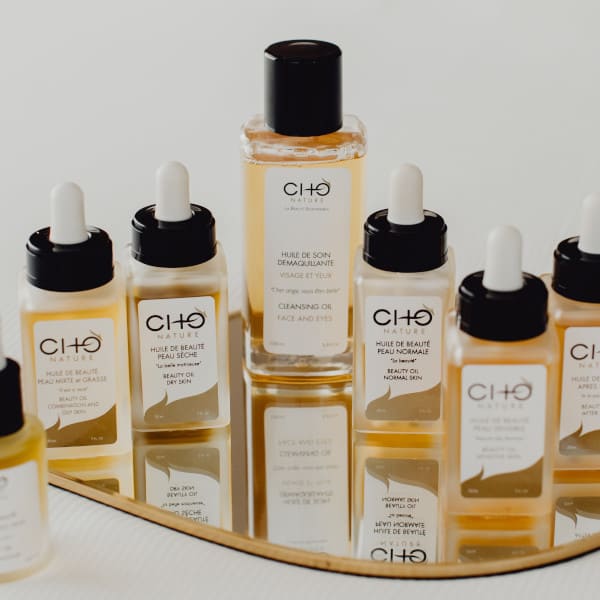

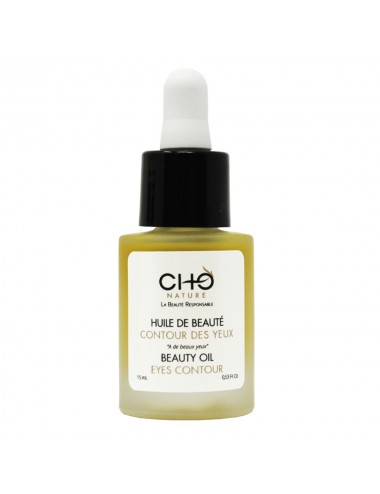
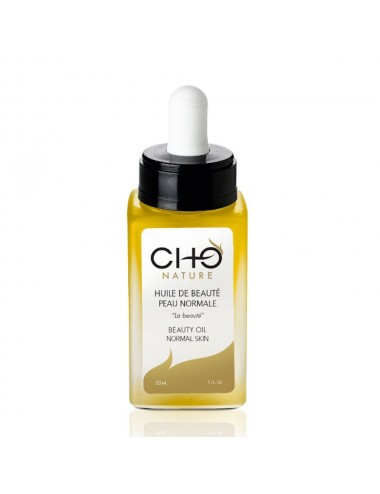
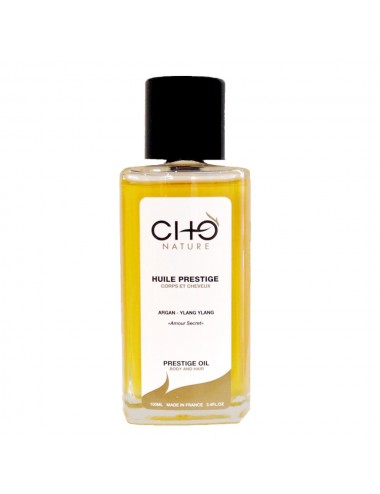
comments (0)